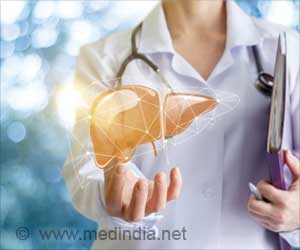A cancer epidemiologist has suggested that overexposure to artificial light has possible ties to cancer, obesity, diabetes, and other health issues.

Stevens continued that they were learning that better lighting could reduce these physiological effects and by that they meant dimmer and longer wavelengths in the evening and avoiding the bright blue of e-readers, tablets and smart phones.
Stevens added that it was a new analysis and synthesis of what they knew up to now on the effect of lighting on our health and there might be a growing evidence that the long-term implications of this have ties to breast cancer, obesity, diabetes, and depression, and possibly other cancers.
As smartphones and tablets become more commonplace, Stevens recommends a general awareness of how the type of light emitted from these devices affects their biology.
The study is published in the British journal Philosophical.
Source-ANI
 MEDINDIA
MEDINDIA



 Email
Email




